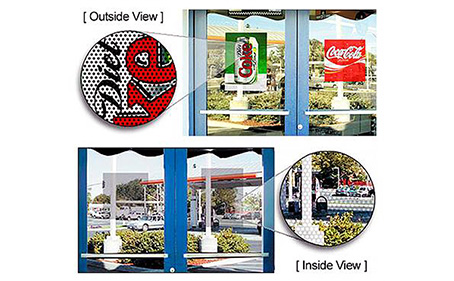From technology promotion to market pull, the inkjet printing industry enters a new era
Inkjet printing provides a flexible and economical solution for personal document printing, and is still widely used in home and small office environments. At the same time, large-scale and wide-format printing for CAD and graphic arts applications uses inkjet printing as a technical choice for single-shot printing and small-batch printing. At the beginning of the 21st century, digital applications became more and more popular, driven by more and more home network applications, as well as the emergence of digital cameras (which greatly impacted the traditional photographic market). OEM printer manufacturers Ink print head. MEMS technology has brought an "attractive" solution: each inkjet print head has a higher nozzle density, and an acceptable manufacturing cost can be achieved through mass production.
The office printing market is one of the markets that has benefited from the competition between MEMS inkjet printhead printers and low-end laser printers. It also appreciates the excellent performance of MEMS inkjet printhead printers. In addition, this digital change is also gaining momentum in new markets. For many years, commercial and industrial printing applications have been using analog printing solutions, such as flexographic printing, offset printing, and screen printing. Although these solutions have large-scale mass production capabilities and lower production costs, these technologies are limited It needs to use a printing master, and it is not compatible with short-run printing with a printing surface less than 4000m2. Today's industrial and commercial printing application requirements are more diversified, and more and more customized instant printing services appear. Therefore, digital printing, especially inkjet printing, is undoubtedly an effective solution to the 3 trillion square meter industrial printing market.
In this report, Yole analyzes how MEMS technology can meet market demand and create new market opportunities. For example, MEMS inkjet print heads provide a high degree of integration and scalability, and realize single-pass inkjet print head module applications. The module covers the entire width of the printing medium, thus improving printing speed and efficiency. Piezoelectric inkjet print heads using semiconductor manufacturing processes will further improve performance and bring new market opportunities for industrial applications, such as textiles, packaging, printed electronics, and the recent hot 3D printing fields.
The MEMS inkjet print head market will reach US$1 billion in 2021, of which the office, commercial and industrial printing market will be approximately US$365 million
Yole predicts that the MEMS inkjet print head market will grow to US$1 billion in 2021. As the mature consumer printing market continues to shrink, inkjet print head manufacturers will reformulate their market strategies and create new opportunities in the office, commercial and industrial printing markets, which are expected to reach US$365 million in 2021 .
In 2015, the shipment of disposable inkjet print heads exceeded 250 million, which proves that the consumer printing market still has a large demand, but it is showing a trend of shrinking year by year. On the other hand, the inkjet print head market for office, commercial and industrial printing is expected to maintain a double-digit growth trend from 2015 to 2021.
In order to achieve the above-mentioned double-digit growth, inkjet print head manufacturers need to reshape their business models. The "razor blade" model of consumer market applications is not applicable to other application markets. Industrial printing companies are not yet ready to pay for the replacement of inkjet cartridges like today's consumer users.
